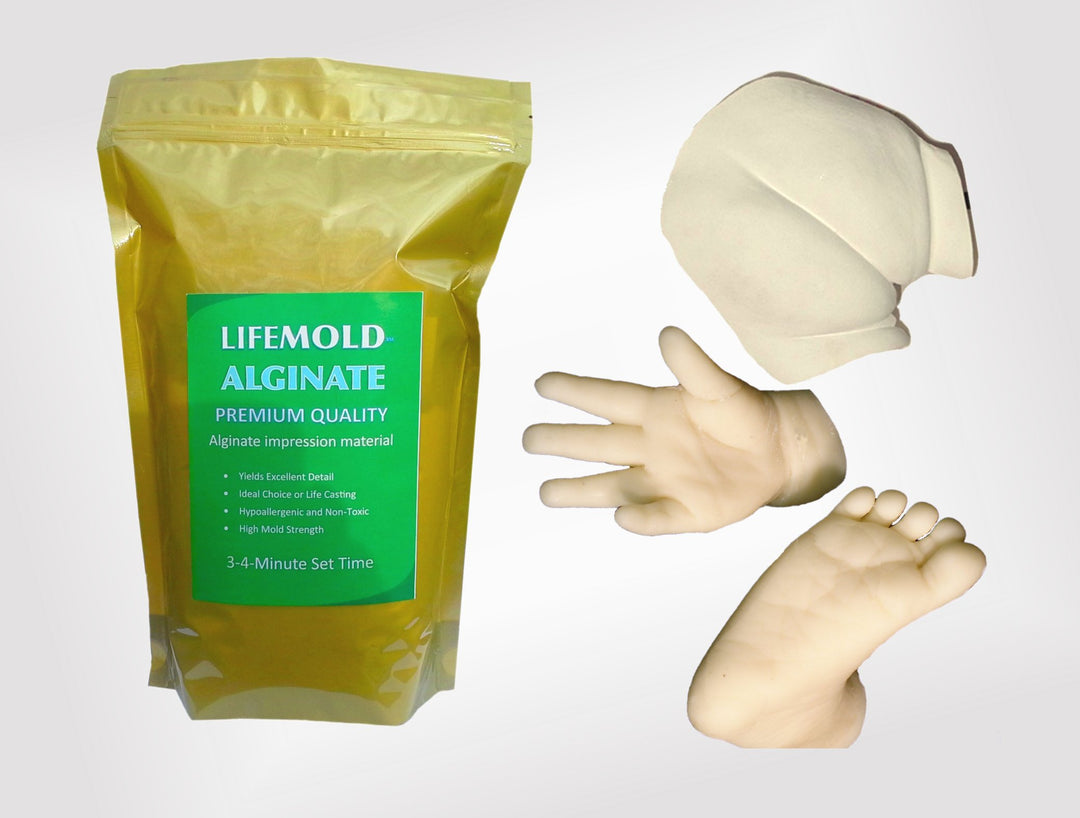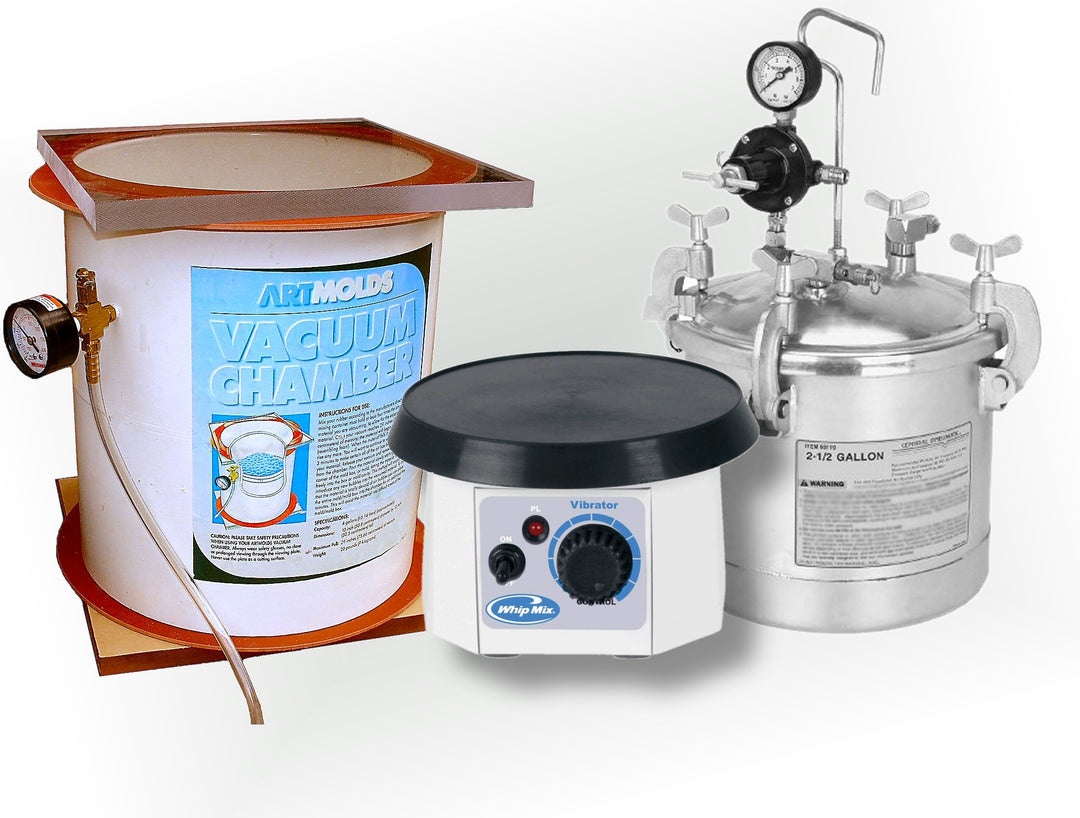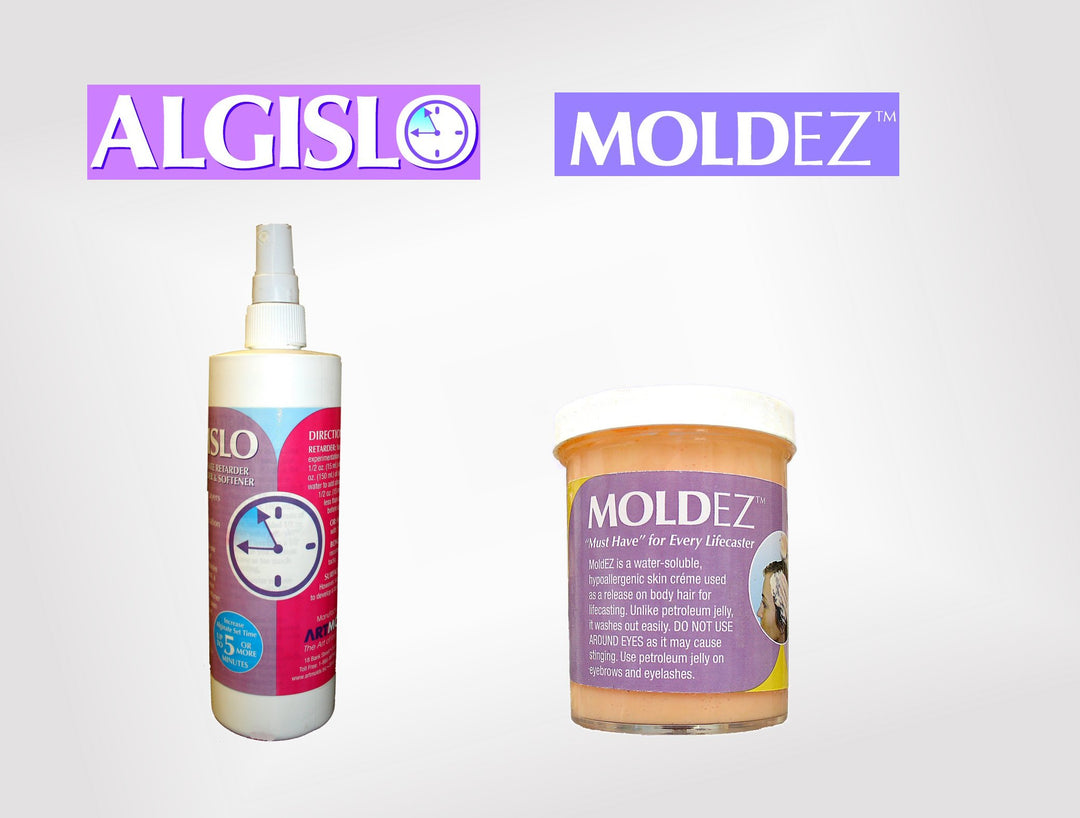Life Casting Introduction - ArtMolds
- Life Casting Forward
- Life Casting Explained
- Introduction to Life Casting
- Basic Life Casting Technique
- How-to Videos
- Life Casting David Blaine
- Life Casting Iman
- Life Casting Hall of Fame
- Life Casting Materials
- Life Casting Kits
- Life Casting on TV
- Baby and Child Casting
- Hand Casting Examples
- Hand Casting Instructions
- Casting Ring of Hands
- Face Casting Examples
- Face Casting Instructions
- Ear Casting Instructions
- Portrait Casting
- Torso Casting Nude Figure
- Full Body Casting
- Life Casting Books
Front torso casting example.
Face casting examples.
The Art of LIFE CASTING
An Introduction
There are two basic methods of creating molds from the human body life casting. The first requires that the molding material, called alginate be placed in a container after it is mixed. The body part, such as a hand or foot, is then inserted into the container until the alginate has set. The second method is usually reserved for larger body parts and faces. In that alginate is applied directly to the body part and then to secure the alginate it is covering with plaster bandages or plaster impregnated cheese cloth. This covering is called a shell or mother mold.
The material used for such life casts can be alginate such as MoldGel or FiberGel which provides only one cast is less expensive, or skin safe silicones such as Life-Rite which can allow multiple casts should you require them. Both require a plaster shell should you elect the second mold making method.
If you're doing a face mold, the hair is protected with a bald cap or a hair release known as MoldEZ so the hair doesn’t tangled in the alginate. A little petroleum jelly is applied to the eyebrows to give them more depth in the finished cast. The exposed skin does not require a release.
When the model is prepped, the alginate is applied by hand, starting at the top of the head working downwards. Save the nose opening until last, then work the alginate around the nose are with a craft stick to prevent alginate getting into the nostrils. Don’t use straws as there is a potential for accidently forcing a straw up the nose with an elbow in the haste to get the alginate on before it sets.
For parts other than faces, you'll get one first, thin coat applied pretty firmly. This pushes lose any little trapped air bubbles that might have wanted to stay next to you. After the first coat, is applied, spray it with AlgiSlo so a second coat will stick to the first. The second layer is immediately applied.
Spray the surface of the second coat of alginate with AlgiSlo again, to delay its setting. This gives enough time to apply soft cotton over the surface by touching it to the sticky surface of the alginate. The cotton fibers will bind the alginate to the plaster bandages which are applied next.
Apply precut strips of plaster bandage on top of the cotton starting from the top down. Overlap by one third. Using the fast set type of plaster bandages such as POP Art, bandage will set creating a rigid support shelf for the soft alginate.
Once the material has set, removal is pretty straight forward. With hand molds you just slowly work your hand loose within the mold, and then pull it out. For faces, you sit up, lean forward, and the mold usually just drops away with only a little prodding. Larger molds are even simpler; they generally just lift off or tilt away from you.
Finally, you get to wash off any remaining mold release. Hands and feet are simple; faces may take a bit of help getting the mold material out of the hair at the nape of your neck. Now you are ready to create your casting in the material of your choice such as CastRite.

Example of a double hand casting in a container.

Applying MoldEZ hair release.
Apply alginate from the top down.

Apply plaster bandages, leaving the nose for last.




